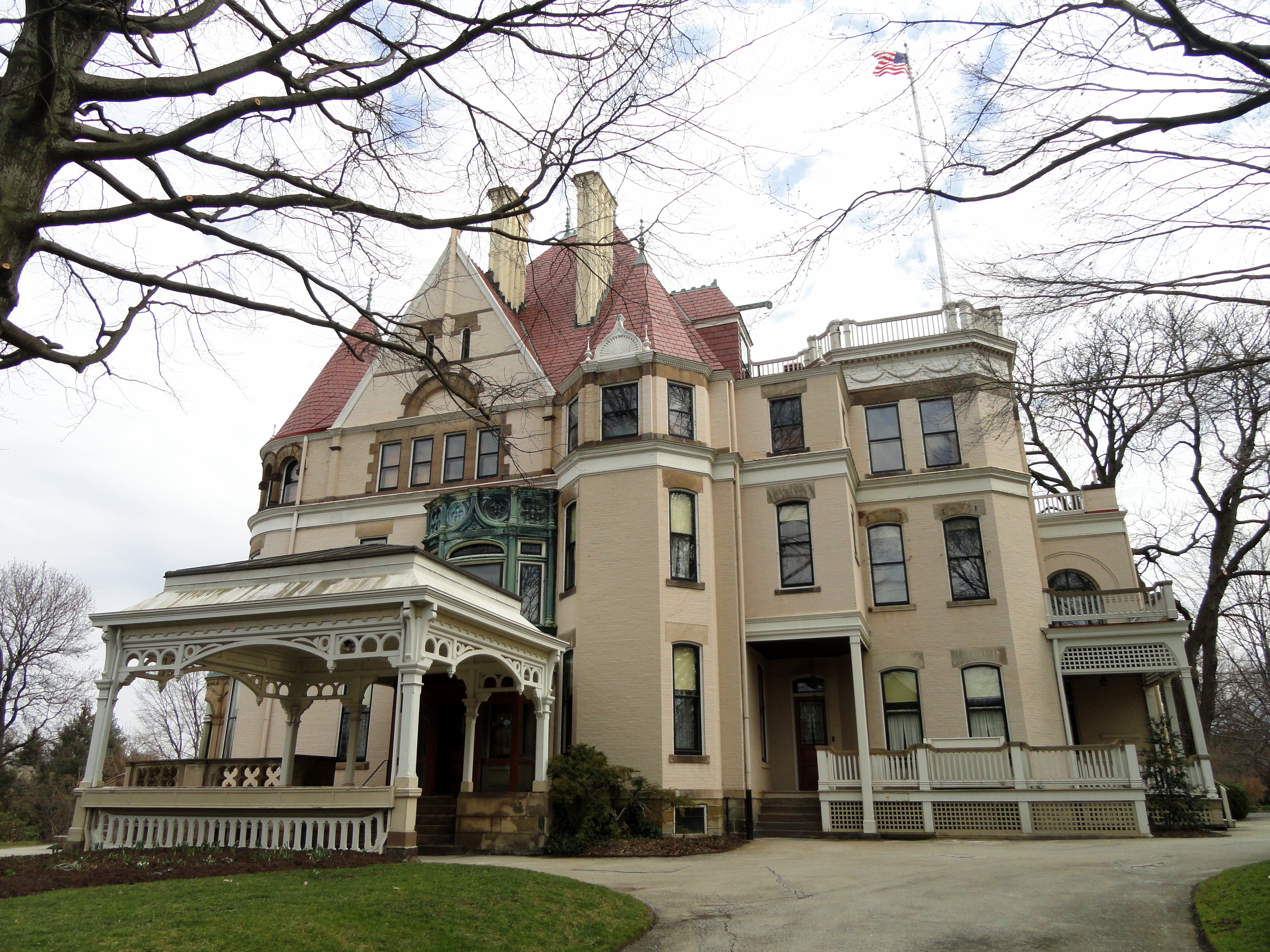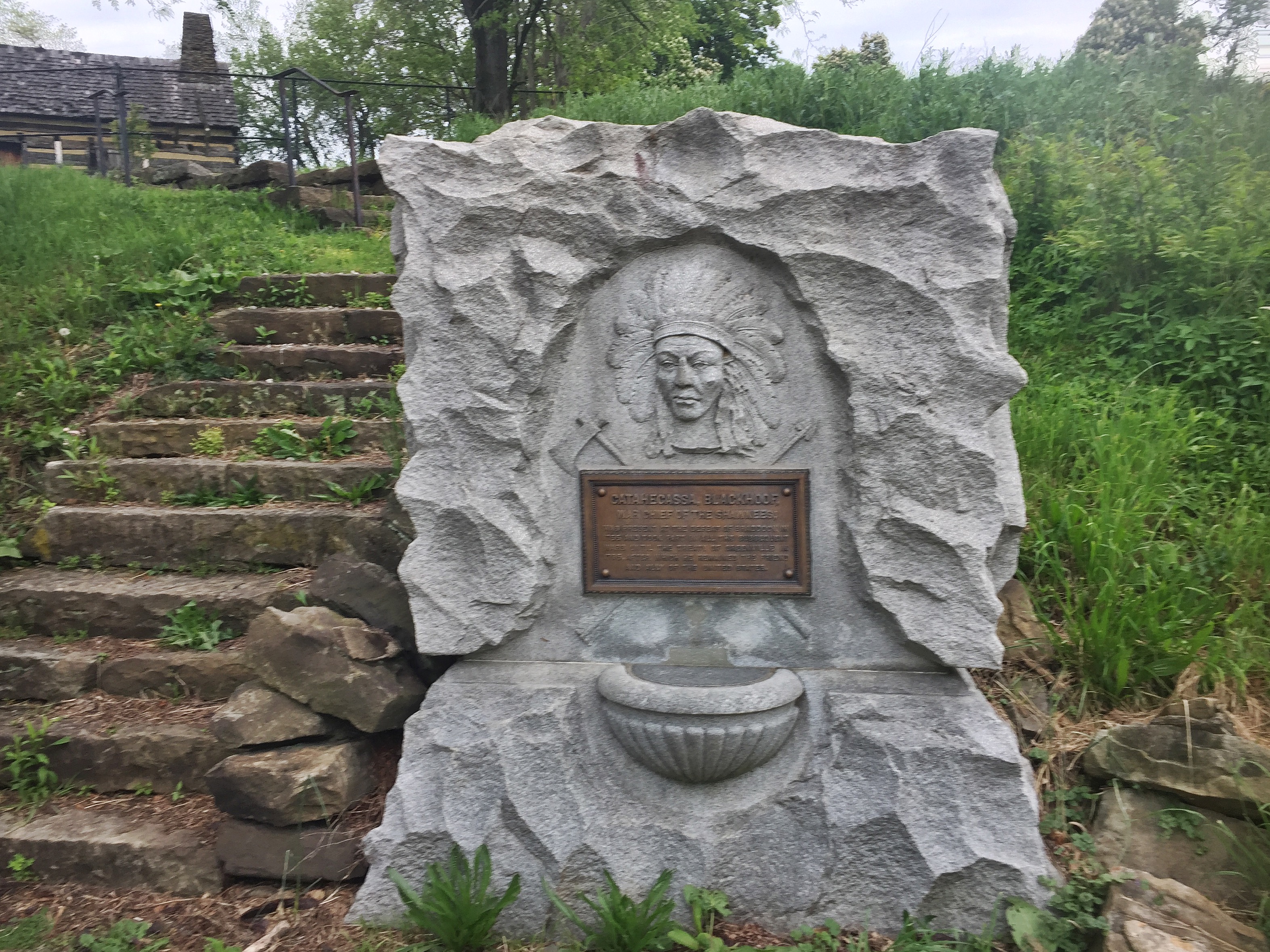This is one of this historic things about Pittsburgh that I think is so fascinating that I assume everyone knows. But I am amazed how many people don’t know that the new(ish) bar in the basement of the William Penn Hotel which is named Speakeasy, really was a speakeasy back in the day.
I love old hotels. I love visiting old hotels. I love the book “Eloise,” which is about a girl who grew up in the Plaza hotel in New York city. I love the stories about the New Yorkers who lived in the Plaza hotel for years. (Check out the story of Fannie Lowenstein, who lived at the Plaza for 35 years and has been described at the Eloise from hell.) A few years ago, I drove cross country with a friend who was moving back to Pittsburgh from San Diego. Each day of the trip as I routed our stops to conveniently be at grand old hotels. The first time I set foot into an Ace Hotel was on the advice of a Twitter follower to visit the Ace Hotel in Palm Springs. So of course I love the William Penn Hotel and not just because it has some of the cleanest bathrooms in all of downtown Pittsburgh. If I have to wait for someone Downtown, I will almost always suggest the lobby of the William Penn Hotel.
The prohibition era speakeasy at the William Penn, reopens as “The Speakeasy”

The Speakeasy is underneath the lobby, if you are entering from William Penn Way, instead of going up the stairs to the reception/Starbucks area, go down the stairs and to your right. After prohibition, the space was used as storage for a number of years. The hotel renovated the space and reopened it to the public as a bar/lounge on December 5, 2012, which was the 79th anniversary of the repeal of prohibition.
From the Trib’s article on the grand opening of The Speakeasy in 2012:
A rear exit opens onto a warren of hallways that led to Oliver Avenue. In the event of a police raid, customers could beat a discreet retreat, Page says.
Here is a video tour of the reopened Speakeasy by WESA in 2012:
Pittsburgh Prohibition Cocktail History
Last month, CityLab, the Atlantic’s blog about all things urban published “The Secret Lives of Speakeasies,” the entire article is about Pittsburgh and that the term “speakeasy” was first uttered right here in here in Western, Pennsylvania:
Whisper “speakeasy” into a search engine of your choice and odds are you will stumble across the story of Kate Hester, the Pittsburgh hotelkeeper at the center of the amusing, possibly apocryphal origin story for the word.
Hester appeared in what can only be described as a prototypical trend piece for The New York Times in July 6, 1891. The story goes like this: Hester owned a saloon in McKeesport, just southeast of the city, that sold booze in defiance of a state law that upped the costs of licenses for alcohol so much that it was nearly prohibited. When customers got too rowdy, Hester would hush customers with “speak-easy, boys!” to avoid attracting the attention of authorities; the expression soon spread to the city, and the nation. “Some day, perhaps, Webster’s Dictionary will take it up,” the yarn concludes.
CityLab’s Andrew Small traveled to Pittsburgh to visit our speakeasy inspired bars, including the Speakeasy at the William Penn and Accasia on the southside. Small also met up with John Schalcosky, who updates the Facebook Page, “The Odd, Mysterious & Fascinating History of Pittsburgh.”
New Book Explores Pittsburgh Cocktail History
Local authors, Cody McDevitt and Sean Enright, have recently published a book on the history of cocktails in the steel city, “Pittsburgh Drinks: A History of Cocktails, Nightlife & Bartending Tradition.” You can read an excerpt of “Pittsburgh Drinks” on Littsburgh and listen to an interview with Sean and Cody on episode #80 of the Marta on the Move podcast.
Related articles
- Pittsburgh’s Most Iconic Bars (pittsburgh.cbslocal.com)
- Pittsburgh bar scene has thrived for years, with women at the helm (triblive.com)
- Wigle Whiskey’s WAM! project on Kickstarter (triblive.com)














